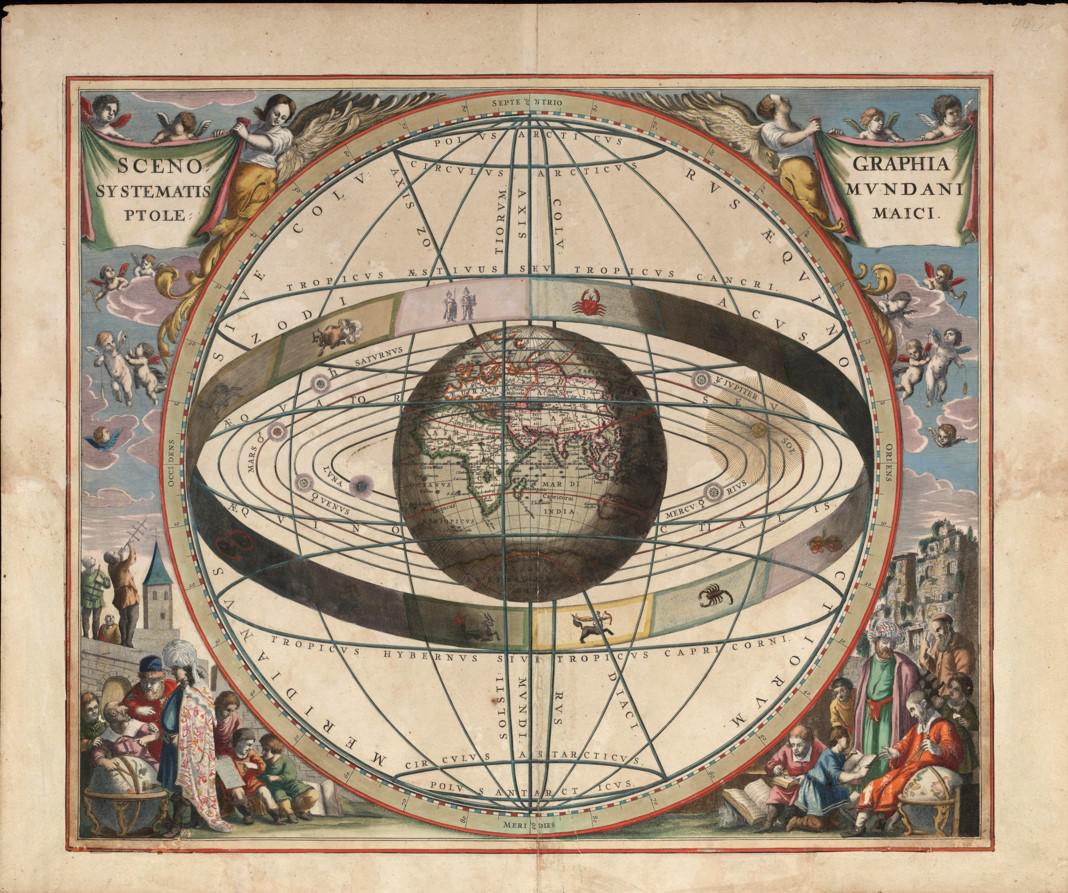
Despite the fact that scientists have long rejected the idea of horoscopes as unscientific, many still believe in them, just as they trust fortune-tellers, psychics and individually selected fitness programs. All this is due to the Barnum effect – a cognitive distortion, the result of deceiving our brain. How this effect is used for good and bad was discussed with a psychologist and marketers.
- What effect
- Experiments and tests
- Examples
- How does it work
- How to use
Elizaveta Kryukova, psychologist, Alter service specialist;
Tatyana Kidimova, international expert in marketing and system sales, head of the online school of marketing strategists;
Yana Voronina, head of the communications agency Dela PR.
Barnum effect: what is it in psychology
Most often, the Barnum effect works in horoscopes and other forms of fortune telling; it often appears in psychological tests
The Barnum effect is a cognitive bias that causes us to believe vague and imprecise statements when they are presented as tailored to us by an authority figure. Most often, this effect works in horoscopes and other forms of fortune telling, but it often appears in psychological tests. Marketers rely on this effect when creating product advertisements and “special” offers.

Barnum-Forer experiments
There was complete confusion about the name of the effect. In general, scientists know it as the subjective confirmation effect, but most often it is called the Barnum effect, the Forer effect, or the Barnum-Forer effect.
There is one more name that deserves mention in the context of this cognitive distortion. Every psychologist knows Paul Everett Meehl, who contributed to the development of psychological science (1). Meehl studied both the philosophy of psychology and its tools, including statistics. During the period of his active work, various psychological tests began to be developed to determine personality types. It was while pondering their results and effects that Mil noticed an interesting pattern: no matter what test result a person is shown, he will find it reliable. In a 1956 academic essay, Meehl criticized this approach as pseudo-successful and compared its effect to that produced by the famous hoaxer and adventurer Phineas Taylor Barnum. He lived a century earlier and became famous for his “circus of freaks.” This is how Barnum’s name became attached to this effect.
Psychological tricks of magician Phineas Barnum
Magician Phineas Barnum discovered many advertising techniques that are still used today.
Barnum’s biography is worthy of a film adaptation or at least a separate story (2). Barnum can be briefly described as a man who, from early childhood, sought to earn money in the most unconventional way, and most importantly, had the talent to hypnotize the public. Considered a legend in the advertising world, he pioneered many techniques that are still used today (3).
Barnum became most famous for his “circus of freaks.” First, he bought a black slave and sold the legend of her uniqueness: according to his calculations, she was more than 160 years old. The public flocked to see this miracle. At the same time, Barnum started rumors that the woman had died long ago, and the circus was carrying her doll. He later debunked them with a public autopsy when the slave died. A man with a dog’s head, a family of dwarfs, and even a “mummy mermaid” worked in his circus. He traveled around America and, arriving in a new place, arranged what is now called native advertising: he ordered the publication of stories in which his circus appeared in one way or another. In this way he provided himself with visitors.
In addition, various fortune tellers and magicians worked in the circus, who rely heavily on the Barnum effect. Interestingly, Barnum himself always spoke negatively about outright fraud and theft. His interest was in creating genuine interest in the shows he was bringing. Ultimately, he became so famous that he was granted an audience with Queen Victoria herself in London.
Tests by Professor Bertram Forer
Bertram Forer is the man who proved the existence of the subjective confirmation effect even before Paul Meehl made it famous. In 1948, a psychologist conducted an experiment in which he gave subjects a test to determine their personality type. However, instead of real results, he showed participants a vague personality description from a horoscope and asked them to rate its credibility. Most of the respondents found many similarities from the universal description with their characteristics. The average score was 4.26 out of 5. This experiment was repeated several times, and the researchers even asked participants to choose which result was more similar to them – the real test result or a vague universal formulation (4). And each time it turned out that the respondents found more similarities in the second option.
Examples of the Barnum-Forer effect

Psychics and fortune tellers choose the safest and most vague formulations to describe the past and give predictions that “are sure to come true”
People began to use this effect without even knowing that it existed. It’s just that skillful sellers realized that people have a lot of similarities, and if you formulate the characteristic vaguely enough, many will be able to recognize themselves in it. This means they will believe that the product offered is suitable for them specifically.
In horoscopes
Most often we see the Barnum-Forer effect in horoscopes. This is a system in which 12 types of people with similar characteristics have been conventionally identified. Based on them, people are given certain predictions and they try to guess what happened to them. It works like this: a horoscope denotes a conditional event that can happen to any person, and since the reader has already associated this forecast with himself, he will be sure that this particular event happened to him. For example, the horoscope says that on Tuesday Capricorns may experience a pleasant event related to money. A person who fits this zodiac sign will certainly find that on Tuesday he actually found money, received a discount, or made a successful purchase.
In fortune telling
Psychics and fortune tellers work in a similar way, choosing the safest and most vague formulations to describe the past. They gain the trust of clients and make equally vague predictions that “come true.”
In advertising and marketing
Advertising tries its best to convince us that this particular product is right for us. To do this, brands build a certain level of trust by manipulating words that appeal to our experience, although in fact they describe the experience of any person, and predict something pleasant for us as a result of the purchase.
Why does the cognitive bias called the Barnum effect work?

Geocentric system of Ptolemy
The Barnum effect occurs when certain conditions coincide. After all, we are not always ready to believe even the most truthful statements. Imagine if you were described as follows: “Wakes up most often in the morning, by the evening already wants to sleep, feels hungry and thirsty several times a day, when upset he cries, laughs while watching comedies, loves, because this describes absolutely any person.
